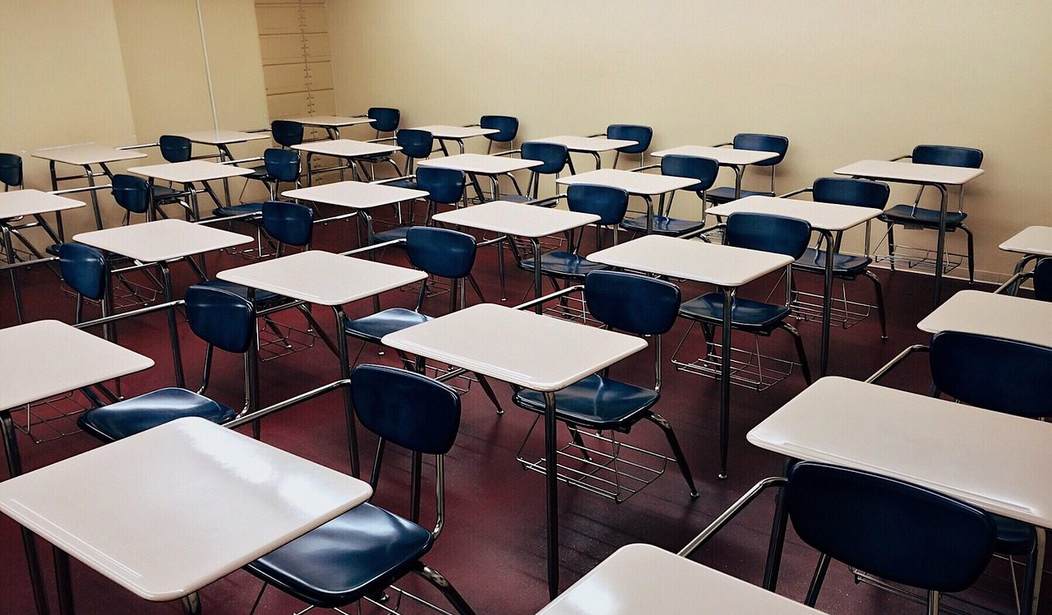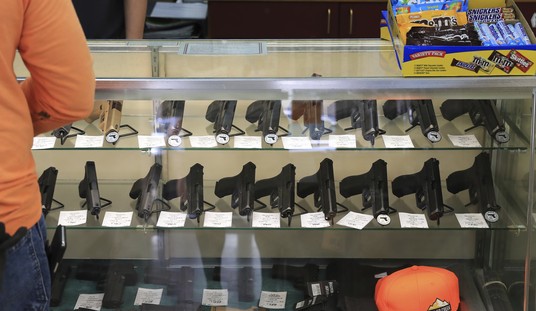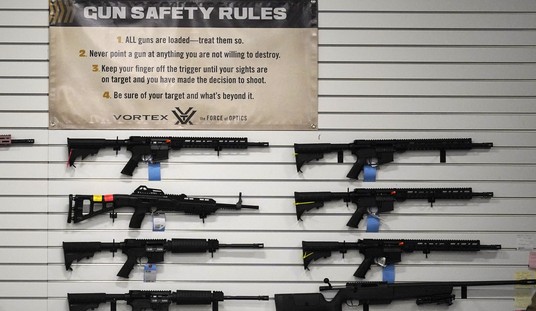I have no idea if Sen. Nathan Dahm’s legislation will make it to Gov. Kevin Stitt’s desk, but I’d love to see it happen if only for the meltdown it would cause among gun control activists and the state’s biggest teacher’s union.
SB 1699 is short and succinct. In fact, it’s so compact I can comfortably quote it in it’s entirety:
A. Beginning in the 2024-2025 school year, school districts in this state shall offer gun courses. The courses shall include instruction on the following topics:
1. Gun safety;
2. The history of gun confiscation; and
3. The dangers of gun confiscation throughout history including the ordered seizure of firearms by King George III, the events preceding the Armenian genocide, and gun control efforts imposed by Nazis and Communist regimes.
B. The State Department of Education shall:
1. Develop and make available to public schools resources related to implementing gun courses with grade-appropriate instruction; and
2. Develop and implement high-quality professional learning opportunities for gun course teachers.
C. The State Board of Education may promulgate rules to implement the provisions of this section.
SECTION 2. This act shall become effective July 1, 2024.
SECTION 3. It being immediately necessary for the preservation of the public peace, health, or safety, an emergency is hereby declared to exist, by reason whereof this act shall take effect and be in full force from and after its passage and approval.
I’m all in favor of brevity, but shouldn’t the bill detail what “gun safety” instruction would be taught to students, especially since the gun control movement has tried to take ownership of that particular phrase? If the senator is serious about seeing this bill enacted and isn’t just introducing it to make headlines, there needs to be some specific direction and guidance about the scope of the “gun safety” education that students will receive, rather than just handing that responsibility to the Department of Education, which might not always be overseen by pro-2A educators.
And if Oklahoma students are going to get a lesson on the history of gun confiscation, the unofficial experiments in forcible disarmament that took place close to home should be included in their instruction.
As Dr. Nicholas Johnson wrote in Negroes and the Gun: The Black Tradition of Arms, the first shots of the 1921 riot that ended up destroying 35 square blocks of Tulsa and claimed the lives of hundreds of residents were sparked by “one of the black men, an Army veteran, and a white man who could not abide the sight of Negroes with guns.” According to eyewitness accounts, as crowds gathered around the courthouse in Tulsa, with many black residents armed because of rumors that a man named Dick Rowland was going to be lynched after he was accused of assaulting a white woman, the white man demanded to know where the veteran was going with his 1911.
The black veteran replied, “I’m going to use it if I need to.”
“No, you give it to me,” said the white man.
“Like hell I will,” replied the veteran.
With the confident arrogance of a superior race, the white man strode forward to disarm the Negro. Then he confronted the force of a 230-grain .45 caliber slug traveling at almost one thousand feet per second. It knocked him down flat even though fired from the hand of a lowly Negro. From there, the sheriff recorded, “the race war was on and I was powerless to stop it.”
Students could also learn about the “more than two thousand armed Negroes assembled in preparation of the land rush” in Langston City in 1891, and how town founder Edwin McCabe was “fired on by three white men” before a group of his compatriots armed with Winchester repeating rifles (the AR-15 of its day) came to his defense. As Johnson writes, “it was exactly the kind of scenario that prompted Ida B. Wells to advocate a Winchester rifle in every Negro home. And within seven months of Negroes wielding Winchesters in defense of Edwin McCabe, Wells would walk amongst them in Oklahoma.”
When Wells arrived in the Sooner State in 1882 she visited the town of Kingfisher, where black residents had armed themselves with Winchester rifles of their own; forming a community self-defense force prepared to fight back against any attempt to run them out of town or attack their homes. As Johnson relays in his book, one journalist reported that “I found in nearly every cabin visited a modern Winchester oiled and ready for use.”
I like the idea of Dahm’s bill in theory, but I hope it’s a work in progress because as it’s currently written it could easily be hijacked to instill kids with anti-gun propaganda billed as “gun safety.” The history of gun confiscation should also include a history of resistance to confiscation as well, and Oklahoma offers several examples of the importance of the right to keep and bear arms against petty tyrants and those who would disarm disfavored citizens. It may be an ugly bit of history, but it is history, and Oklahoma students learning about the importance of the rights guaranteed to we the people in the Second Amendment should be made aware of those men and women in their state who’ve needed to exercise that right in defense of themselves and their communities.









Join the conversation as a VIP Member